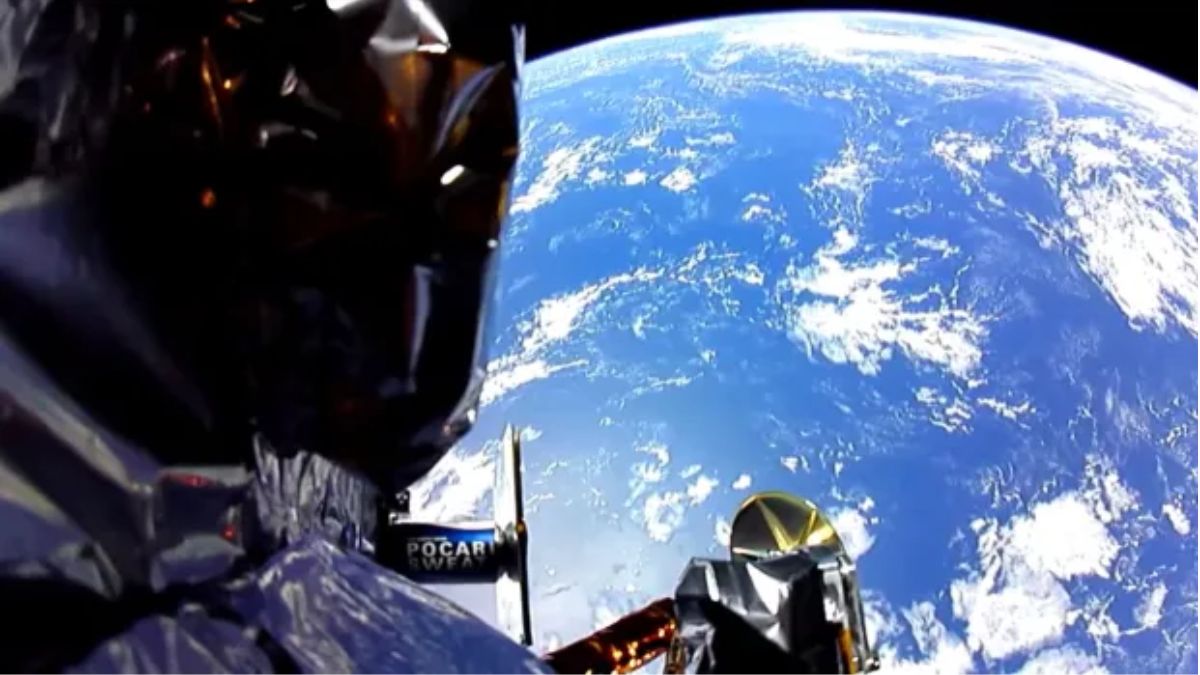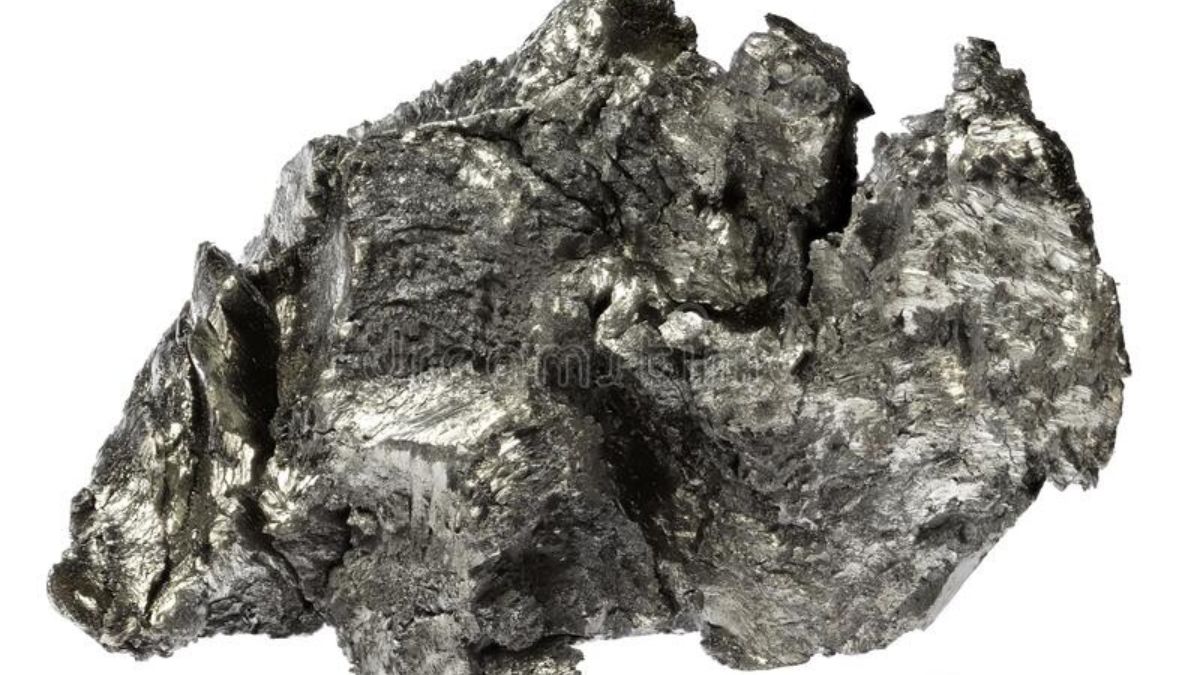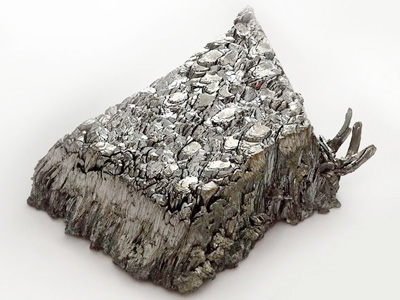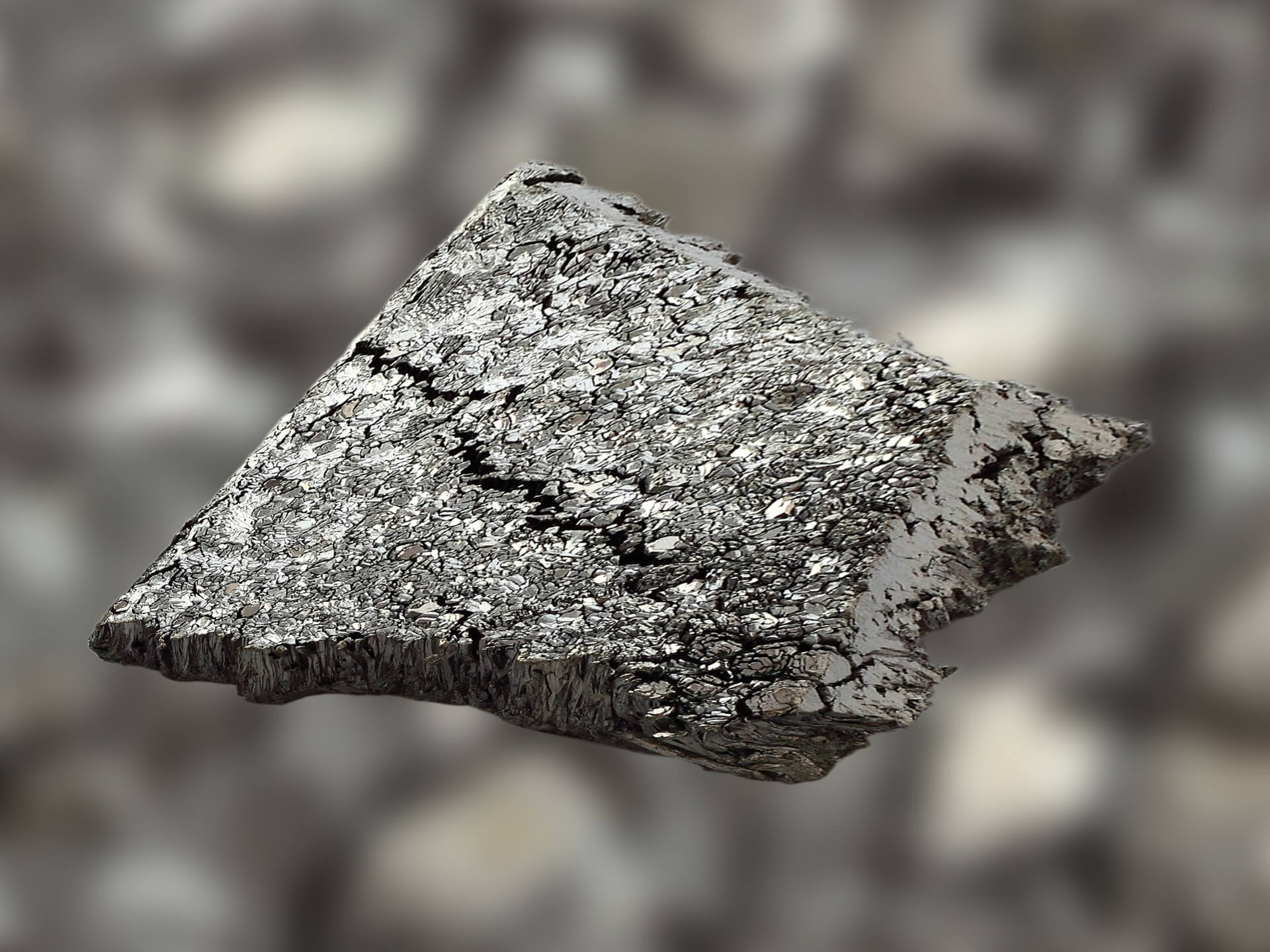
Astrobotic's Peregrine lunar lander encountered bo...
news-extra-space

 Image Credit: Chemistrylearner
The type of superconductivity at play here necessitates the formation of Cooper pairs, or pairs of paired electrons. One factor that promotes the formation of Cooper pairs is a high-frequency vibration (referred to as a phonon) among the atomic nuclei that these electrons are connected to. With light nuclei, which hydrogen is the lightest of available, that is easier to arrange. Therefore, it is believed that one effective way to create higher-temperature superconductors is to find ways to cram more hydrogen into a chemical.
But applying intense pressure is the most reliable method of doing that. These pressures can cause hydrogen to enter metals' crystal structures or to form chemicals rich in hydrogen that are unstable at lower pressures. Both of these methods have produced chemicals with very high critical temperatures—the highest temperature at which they will support superconductivity. The pressures needed were numerous gigapascals, each of which is roughly 10,000 times the atmospheric pressure at sea level, even though these have gotten close to room temperature.
Before any measurements were taken, it was clear that something was modifying the mixture of lutetium, nitrogen, and hydrogen. Lutetium turned blue after the two gases were added at room temperature, most likely as a result of hydrogen leaking into the metal. The mixture did, however, turn a striking pink as the pressure rose to thousands of atmospheres, which was later linked to the mixture becoming metallic. It lost its metallic characteristics and turned a deeper red as pressures were raised to over 30,000 times that of the atmosphere.
All pressures between 3,000 and 30,000 times atmospheric pressure were capable of superconductivity. To determine the pressure that supports the highest critical temperature, the researchers explored this pressure range. It was discovered that the peak was at a pressure of about 10,000 times that of the atmosphere.
At 21 degrees Celsius (69.8 degrees Fahrenheit) and a pressure of 1 gigapascal, the newly forged compound conducts current without resistance. Even though it is still a lot of pressure, it is more than 100 times less intense than what was needed in earlier tests on materials with a similar composition.
A significant portion of the paper is devoted to a discussion of measuring the sample's magnetic properties because superconductivity also affects the material's magnetic properties. Given the sample's size and the fact that it is sandwiched between all the equipment required to crush it under intense pressure, that is not an easy task to complete.
Image Credit: Chemistrylearner
The type of superconductivity at play here necessitates the formation of Cooper pairs, or pairs of paired electrons. One factor that promotes the formation of Cooper pairs is a high-frequency vibration (referred to as a phonon) among the atomic nuclei that these electrons are connected to. With light nuclei, which hydrogen is the lightest of available, that is easier to arrange. Therefore, it is believed that one effective way to create higher-temperature superconductors is to find ways to cram more hydrogen into a chemical.
But applying intense pressure is the most reliable method of doing that. These pressures can cause hydrogen to enter metals' crystal structures or to form chemicals rich in hydrogen that are unstable at lower pressures. Both of these methods have produced chemicals with very high critical temperatures—the highest temperature at which they will support superconductivity. The pressures needed were numerous gigapascals, each of which is roughly 10,000 times the atmospheric pressure at sea level, even though these have gotten close to room temperature.
Before any measurements were taken, it was clear that something was modifying the mixture of lutetium, nitrogen, and hydrogen. Lutetium turned blue after the two gases were added at room temperature, most likely as a result of hydrogen leaking into the metal. The mixture did, however, turn a striking pink as the pressure rose to thousands of atmospheres, which was later linked to the mixture becoming metallic. It lost its metallic characteristics and turned a deeper red as pressures were raised to over 30,000 times that of the atmosphere.
All pressures between 3,000 and 30,000 times atmospheric pressure were capable of superconductivity. To determine the pressure that supports the highest critical temperature, the researchers explored this pressure range. It was discovered that the peak was at a pressure of about 10,000 times that of the atmosphere.
At 21 degrees Celsius (69.8 degrees Fahrenheit) and a pressure of 1 gigapascal, the newly forged compound conducts current without resistance. Even though it is still a lot of pressure, it is more than 100 times less intense than what was needed in earlier tests on materials with a similar composition.
A significant portion of the paper is devoted to a discussion of measuring the sample's magnetic properties because superconductivity also affects the material's magnetic properties. Given the sample's size and the fact that it is sandwiched between all the equipment required to crush it under intense pressure, that is not an easy task to complete.
 Image Credit: Nanografi
It took a lot of effort to identify the material as well. Given that any excess of the two gases could easily be removed from the sample, it is unknown how much hydrogen and nitrogen are incorporated into the metal. The results of the crystallography the researchers attempted are not entirely clear. Since lutetium (atomic weight 175) dominates the signal from hydrogen (atomic weight 1), it is possible that hydrogen is in motion within the material.
The group must be willing to share their entire raw data set and precise sample-preparation procedures, or to send samples of their material to other labs for testing, the report states, for other labs to accurately reproduce the results.
Outside access, however, might not live up to community expectations. Unearthly Materials, the company Dias and Salamat co-founded, has reportedly already secured over $20 million in funding from backers that include the CEOs of Spotify and OpenAI. Additionally, they recently applied for a patent on the lutetium hydride substance, which would prevent them from sending out samples. “We have clear, comprehensive instructions on how to make our samples,” Dias said. “Since our processes are proprietary and there are already intellectual property rights in place, we will not be disseminating this information,” Dias added.
Image Credit: Nanografi
It took a lot of effort to identify the material as well. Given that any excess of the two gases could easily be removed from the sample, it is unknown how much hydrogen and nitrogen are incorporated into the metal. The results of the crystallography the researchers attempted are not entirely clear. Since lutetium (atomic weight 175) dominates the signal from hydrogen (atomic weight 1), it is possible that hydrogen is in motion within the material.
The group must be willing to share their entire raw data set and precise sample-preparation procedures, or to send samples of their material to other labs for testing, the report states, for other labs to accurately reproduce the results.
Outside access, however, might not live up to community expectations. Unearthly Materials, the company Dias and Salamat co-founded, has reportedly already secured over $20 million in funding from backers that include the CEOs of Spotify and OpenAI. Additionally, they recently applied for a patent on the lutetium hydride substance, which would prevent them from sending out samples. “We have clear, comprehensive instructions on how to make our samples,” Dias said. “Since our processes are proprietary and there are already intellectual property rights in place, we will not be disseminating this information,” Dias added.
Leave a Reply






